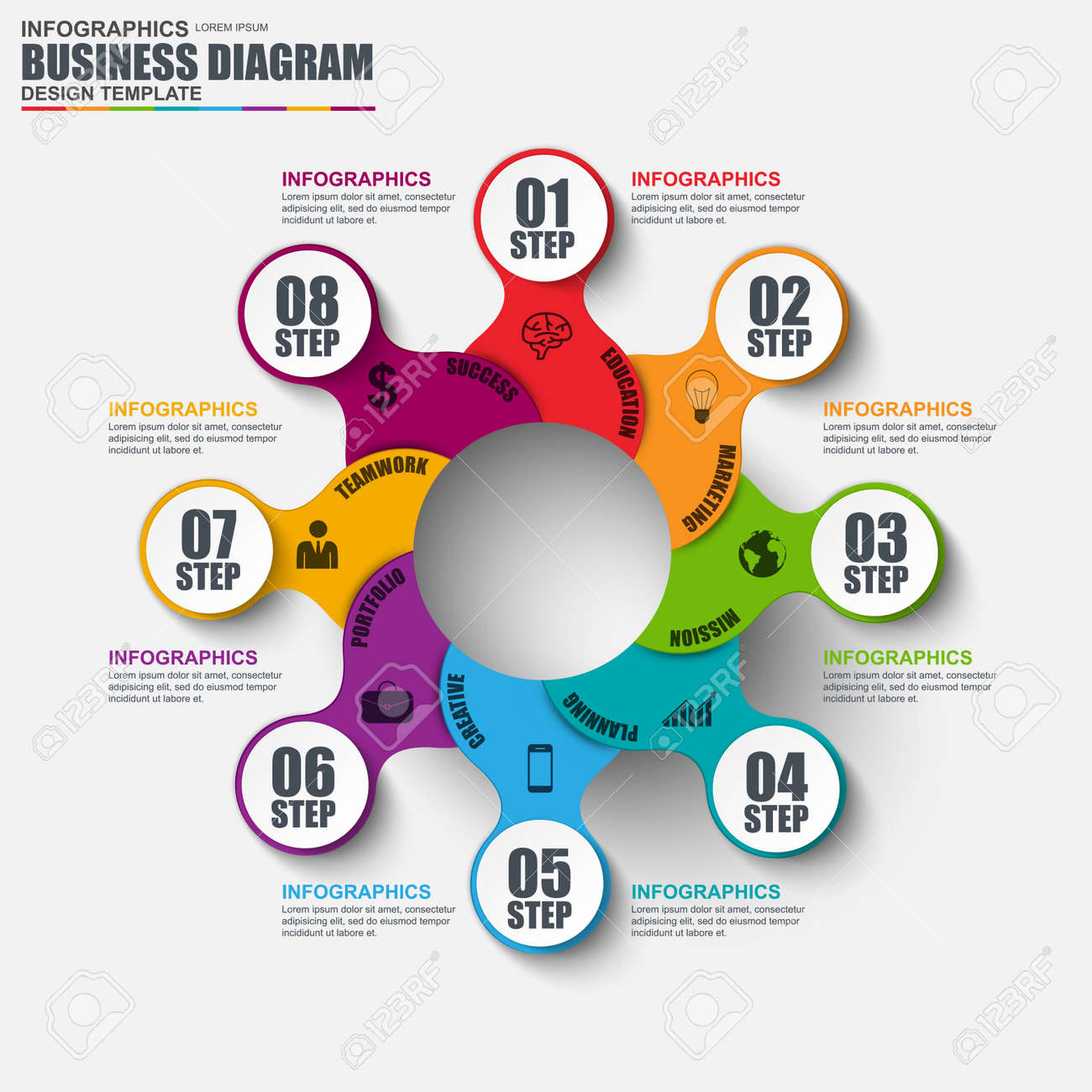Internet Site Layout Basics: Tips For Building A User-Friendly Website
Internet Site Layout Basics: Tips For Building A User-Friendly Website
Blog Article
Material Create By-McKnight Devine
When it pertains to website design, ensuring user-friendliness is key. From receptive layout to structured navigating, every element plays an important function in creating a site that caters to your audience's demands. But what regarding the better information that can make or damage a user's surfing experience? Stay tuned as we reveal some often-overlooked tips that can boost your website's use to the following degree, making it absolutely stand apart in the electronic landscape.
Significance of Responsive Layout
Responsive style is a vital aspect of contemporary site development. Guaranteeing your web site is receptive ways that it can adjust to various display sizes and gadgets, providing a seamless experience for individuals.
With the enhancing use of smart devices and tablets to access the web, having a responsive layout is necessary for getting to a larger target market. It assists in enhancing individual experience by making your site simple to browse and keep reading any type of tool.
Additionally, receptive layout can positively affect your internet search engine rankings, as search engines like Google prioritize mobile-friendly web sites. By having Target Audiences , you're additionally future-proofing your website, as new tools with differing screen dimensions continue to arise.
Simplify Navigation Structure
To boost customer experience and facilitate easy access to details on your internet site, simplifying the navigation framework is paramount. When designing your site, focus on producing a clear and user-friendly navigating food selection that assists visitors discover what they're searching for swiftly.
Limit the number of food selection items to the essentials, grouping relevant web pages with each other to stay clear of overwhelming customers. Usage detailed tags that plainly indicate the material of each page, making it less complicated for customers to recognize where each link will take them.
Think about executing dropdown menus for subcategories to prevent jumbling the main navigation bar. Additionally, consist of a search bar plainly on the page for individuals who favor looking for particular info.
Focus on mobile responsiveness in your navigation design to ensure simple accessibility on all devices.
Enhance Web Page Load Rate
Improving page load rate is crucial for preserving site visitors on your website. Slow-loading pages discourage customers and can lead to high bounce prices. To optimize web page load rate, start by enhancing images. Compress https://www.bizreport.com/2021/10/top-5-tips-to-improve-seo-strategy.html without jeopardizing quality to decrease their data sizes.
In addition, allow web browser caching to keep regularly accessed resources locally, speeding up load times for returning visitors. Minify CSS, JavaScript, and HTML documents by getting rid of unneeded personalities, remarks, and formatting, enhancing tons speed.
Consider making use of a material delivery network (CDN) to distribute your internet site's web content across numerous servers worldwide, minimizing latency for customers accessing your website from different locations. Last but not least, limit using third-party scripts and plugins, as they can considerably affect load times.
Verdict
In conclusion, by incorporating receptive design, streamlining navigating, and optimizing web page load rate, you can develop an easy to use internet site that attract a bigger target market and boosts individual experience. These essential elements make certain that site visitors can easily gain access to and navigate your site across various devices, resulting in raised engagement and complete satisfaction. By focusing on these vital elements, you can develop a successful internet site that keeps users coming back for more.
